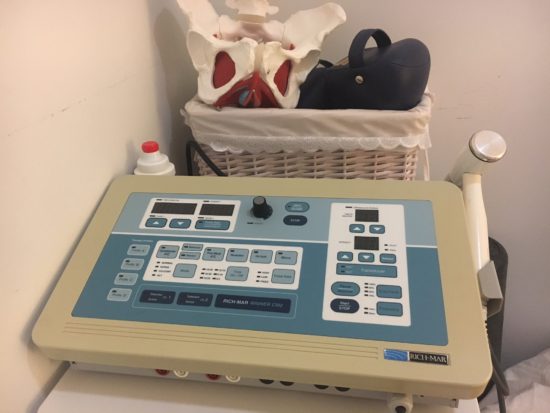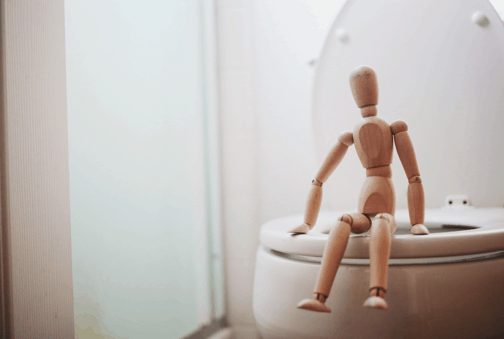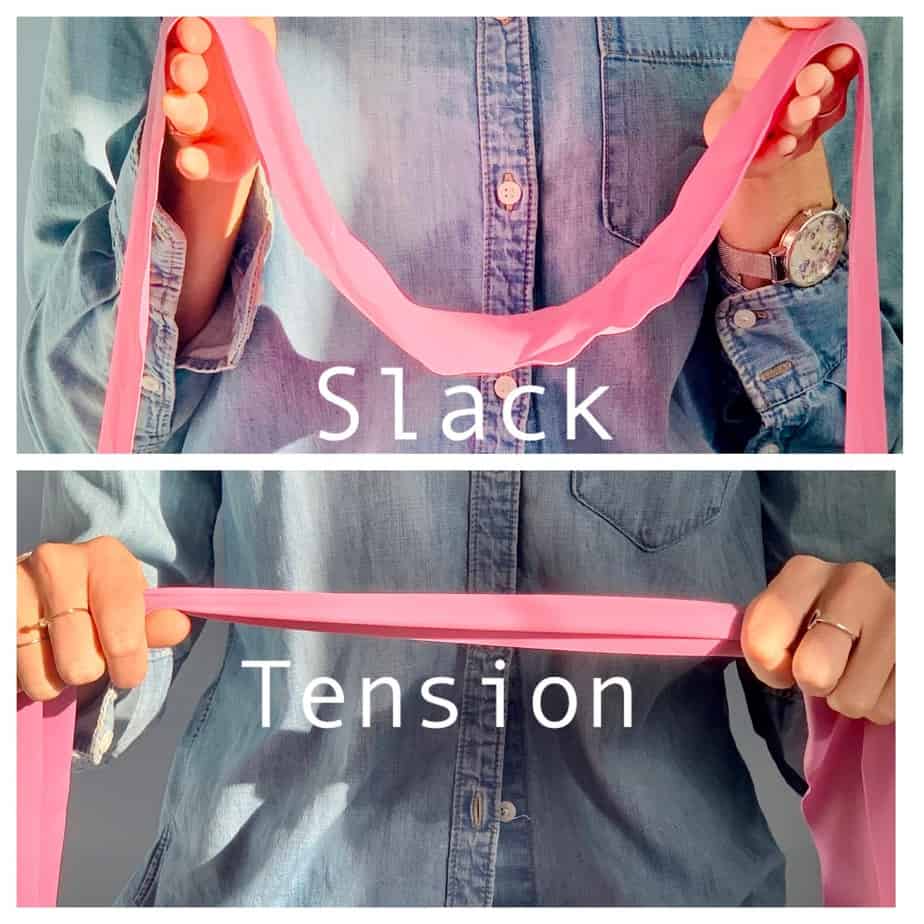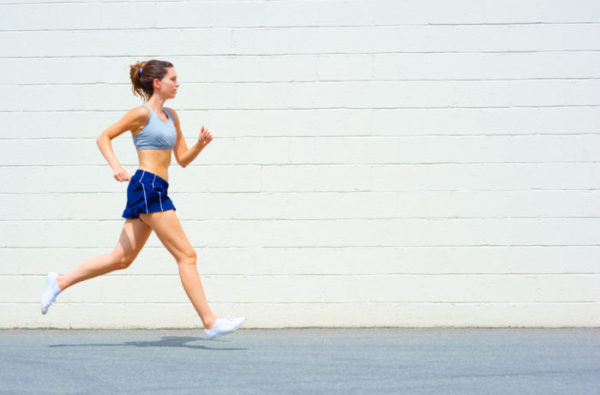Types of Urinary Incontinence

Have you ever lost control over your bladder when you laughed, coughed or sneezed? I think we are all guilty of this at some point in our lives. Urinary incontinence, or the loss of bladder control, can sometimes be an embarrassing topic to discuss however it is very common. We are here to inform you about the various types of urinary incontinence and how pelvic floor physical therapy can place a vital role in treating these symptoms. Let’s dive right into the different types:
Stress Incontinence
- Leakage when you laugh, cough, sneeze or exercise
- Common causes: strenuous physical activity, pregnancy & childbirth, pelvic surgery or trauma, loss of muscle tone or enlarged prostate.
Urge Incontinence
- Can be associated with an overactive bladder
- Frequent, strong sudden urges but can’t make it to the bathroom
- Common causes: bladder irritants (coffee, alcohol), medications, UTI’s, nerve dysfunction
Overflow Incontinence
- Full bladder that never feels empty
- Frequency or urgency of urination
- Constant dribbling
- Common causes: bladder injury / narrowing of urethra, benign prostatic hypertrophy, nerve damage from diabetes
Functional Incontinence
- Immobility or “cognitive impairment” can prevent a person from getting to a bathroom in time or diuretics / anticholinergics
- Common causes: functional disability and psychological impairment / dementia, environmental barriers such as stairs, clothing or wheelchair accessibility
How can physical therapy help? A trained pelvic floor physical therapist will be able to identify the strength of your pelvic floor muscles. Once this is determined, the therapist will come up with a collection of exercises, tips and strategies to make sure that your incontinence symptoms decrease.







